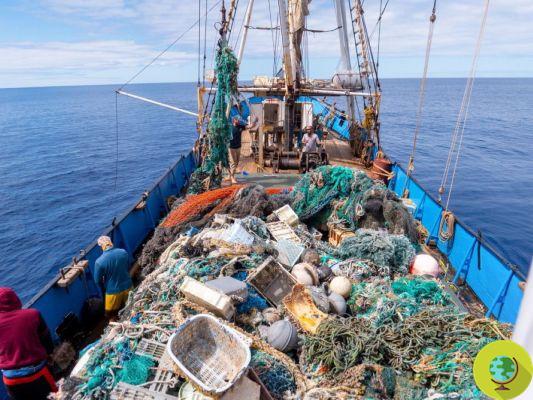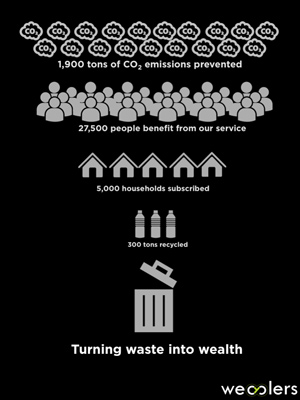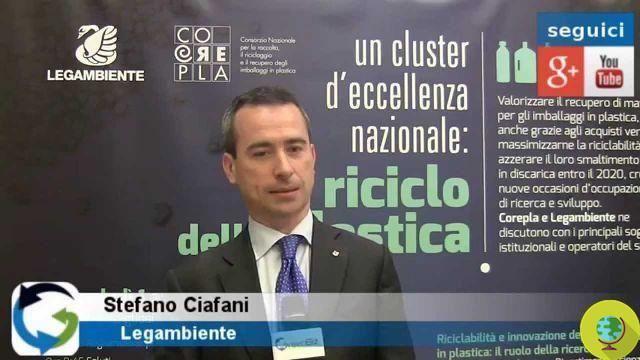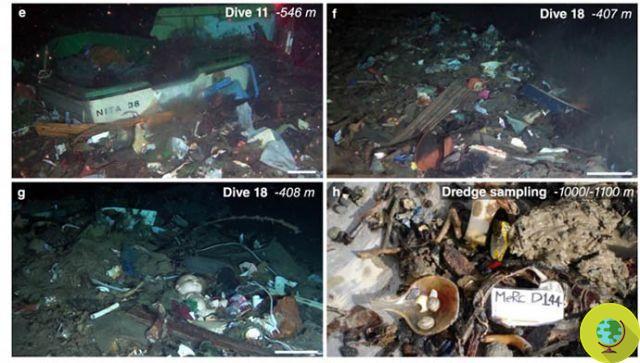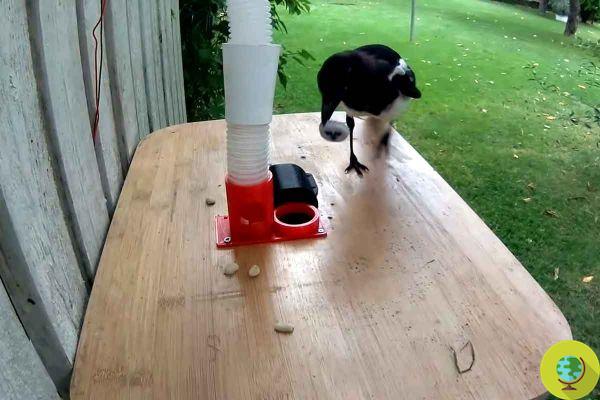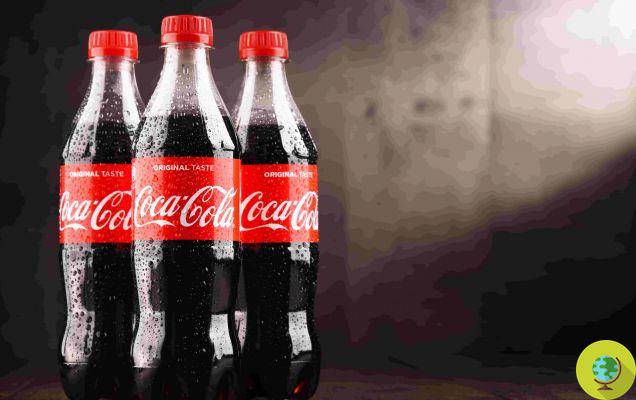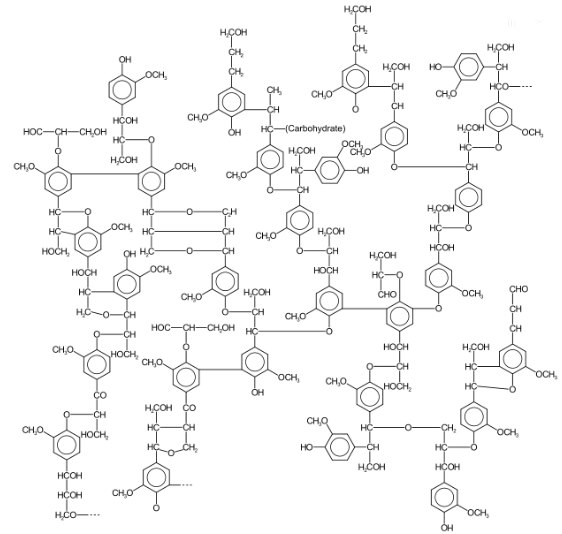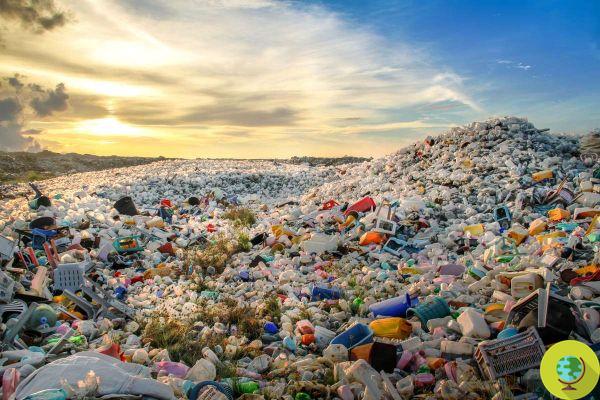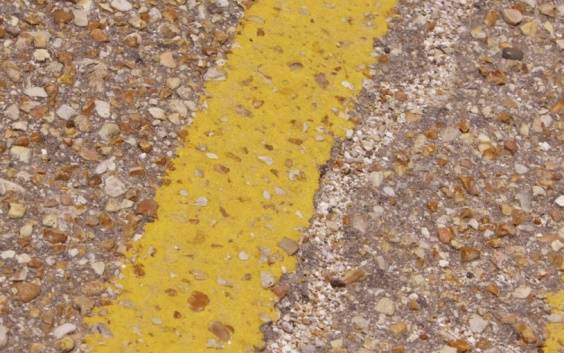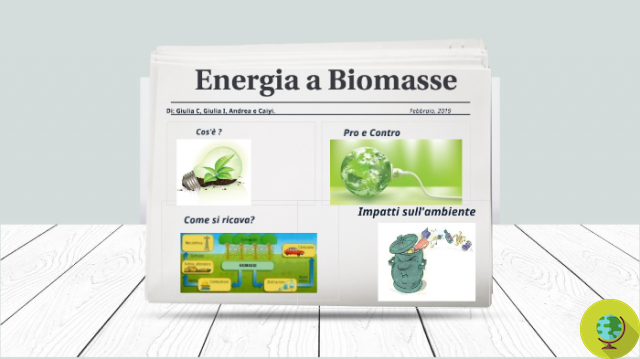
We also know that researchers have established how the gases produced by the largest landfills could be used as renewable sources, for the production of electricity, biofuels and fertilizers; however, there are various pros and cons of producing renewable energy from landfills. Let's look at some of them.
He is about to end up run over, his mother saves him
Let's call it “the other side of rapid urban growth”: it's waste. Metropolitan areas around the world, from large metropolises to smaller cities, are faced with the issue of waste disposal. According to some estimates, they are beyond 2,1 billion tons of municipal waste which are produced every year. For a long time, the most common method of disposing of this waste was through the development of landfills. Problem: the experience, gained over the years, has shown that landfills are among the most responsible, on a global level, for the production of burrowing gas. Particularly, methane e CO2, which are released in large quantities.
We also know that researchers have established how the gases produced by the largest landfills could be used as renewables, for the production of electricity, biofuels e fertilizers.
However, there are several pros and cons linked to the production of renewable energy from landfills. Let's look at some of them.
Index
The good: from waste to energy
A recent research, carried out byInternational Energy Agency, pointed out that the practice of power generation from urban and industrial waste (food waste, paper, fabrics, construction waste) from landfill through incinerators and waste-to-energy plants is common in many countries. So much so that, currently, beyond 400 terawatts of electricity, worldwide, is produced by waste treatment. So that EPA (Environmental Protection Agency) americana indica come, USA, methane emissions from landfills (il 17% of total natural gas emissions) derive precisely from landfill waste.
With the development of the new technologies, it is possible to use the methane for the production of clean electricity. The method used is the combustion of natural gas, which does not require fossil fuels due to the high heating power of methane.
In addition to electricity, the most advanced technologies have shown that even thecellulose ethanol it can be derived from landfill waste. In this case, it is an organic production caused by the cellulose present in plants. The bioethanol is also a biocombustibile: on the contrary, it produces more energy and releases less greenhouse gases compared to other biofuels.
The ugly: not all that glitters is gold
As the global amount of waste is on the rise, the discovery of a method that may prove foolproof for energy production from them he does not fail to divide the opinions between researchers and political representatives. Experience, in some areas, has indeed shown what current technology could be more negative than positive. The reason for all this lies in the fact that a considerable quantity of gas continues to be present in the environment: and this not only contributes to the global warming, but it is often the cause of health disorders. An example is given to us by the methane, which once released into the air results, up to 20 years, 75% more powerful in the production of greenhouse gases compared to the CO2.
We know that most of the landfills come "Sealed" on the top, to prevent gas escaping. The problem is that these gases are able to escape into the environment through other outlets. About this, Ecofriend.com date an example overseas: a trial recently conducted at a series of landfills operating in Ontario (Canada) has shown that the potential damage from leaking gas could be much more beneficial to the production of approximately 5 thousand MW of electricity. Only from gas leaking from landfills. And there's more: the current techniques for producing gas from waste for collective use manage to treat no more than 25% of the total waste.
The Bad: Landfill Gas and Health Effects
As we have seen, there is not only methane. Where there is a landfill, the environment becomes impregnated with other gases "Heavy", which not only affect theatmosphere and ground, but also the health of people and animals. In fact, 50% of landfill gas consists of methane, but 40% is represented by CO2 and other harmful gases such as sulfur dioxidee nitrogen oxides; the remaining 10% are approximately fine powders.
Sulfur dioxide causes acid rain, fine dust cause breathing problems and consequent decreased oxygen and exhaustion in inhabitants of areas close to landfills. Not to mention the nitrogen oxides, first cause ofozone and smog. In addition, the strong smell of these gases often causes headaches and nausea.
However, the collection of energy from landfill biogas it remains the most effective (let's say: most popular) method of reducing some of these risks.
Piergiorgio Pescarolo




